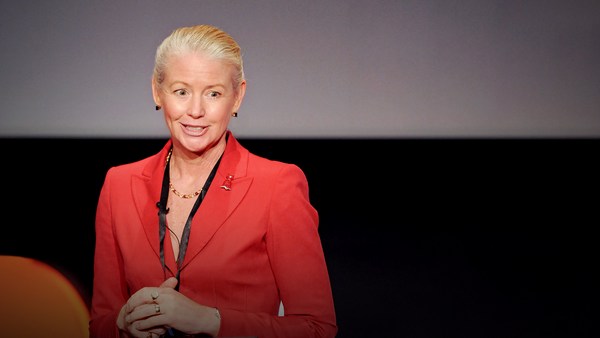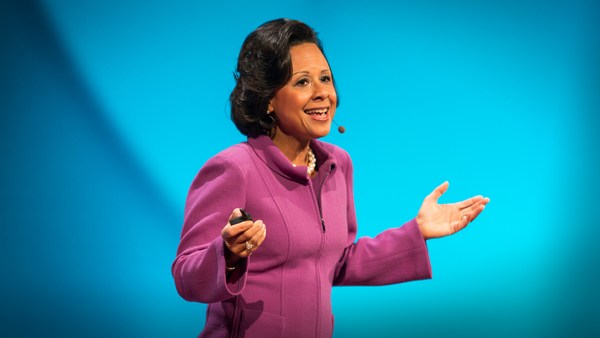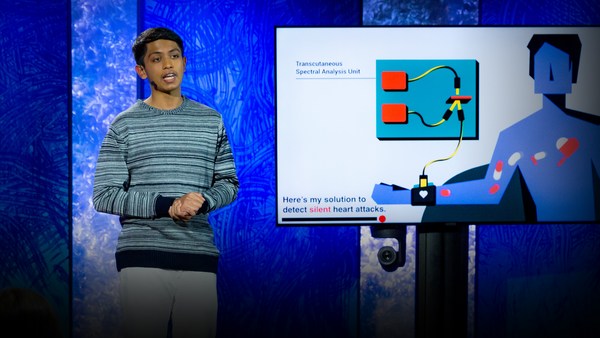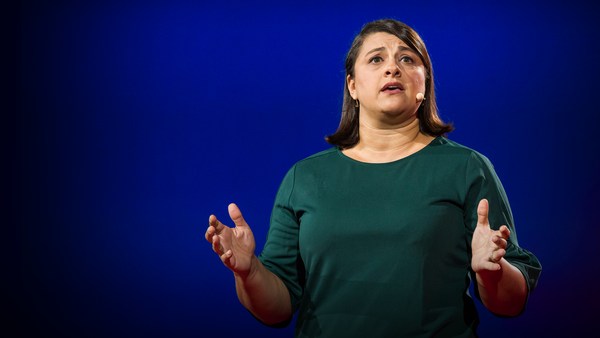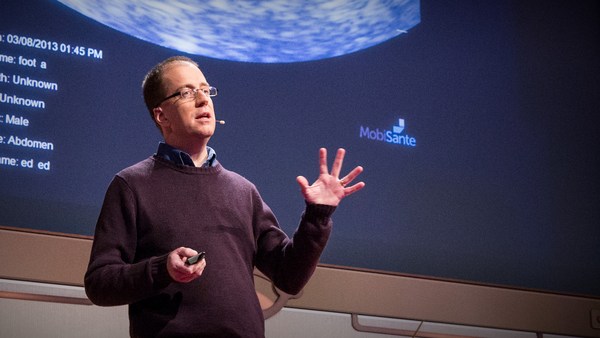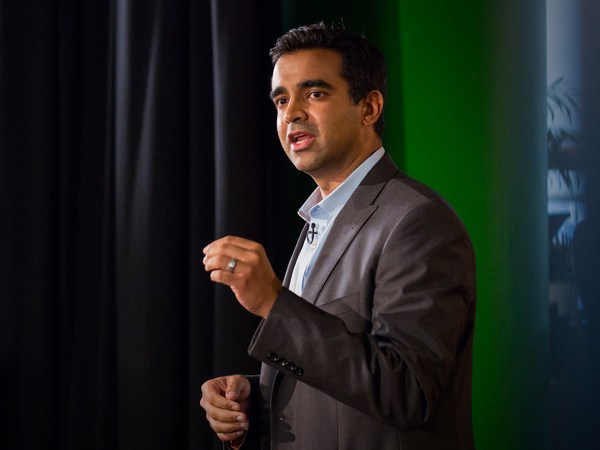I am proudly named Alicia after my grandma. She dedicated her life to women's health as an obstetrician, in a time when women were rarely allowed to obtain medical degrees. We lost her to a heart attack when I was 13 years old. When one of my cofounders, Monica, was 12, she was waiting at school for her mom to pick her up. Only that didn't happen, because her mom, a 44-year-old physician, had suddenly passed away from a stroke.
Unfortunately, our stories are common. Heart disease and stroke are the leading causes of death and disability worldwide. And for women, it is not only harder to recognize, diagnose and treat, but after a heart attack or a stroke, women also face higher mortality.
There are about 44 million women living in the US with heart disease, and the incidences for women under 65 are on the rise. So what's going on? The answer lies at the intersection of two areas: data and medical devices. Let's look at data first, or the lack of it.
When I was doing cardiovascular research at MIT, I had access to huge data sets. Realizing that women were one of the largest subgroups underrepresented was eye-opening. In fact, women were basically excluded from cardiovascular clinical trials until the NIH mandated inclusion in 1993. This is why existing technologies and therapies often fall short, because most of them have been designed using data primarily from male animals and men. And as artificial intelligence helps turbocharge digital health, there's a danger that algorithms mostly trained with male data and biases will actually perpetuate the problem.
Next, let's look at medical devices. The "one type fits all" approach doesn't even take into account the fact that heart disease and stroke can present differently in women. Way too often, female thresholds are not programmed. Smaller arteries cannot be visualized, and poor clinical-grade monitoring systems cannot accommodate two different body shapes or stages in life.
In the 1800s, Amelia Bloomer led a movement against damaging corsets, towards more comfortable and useful garments for women. She inspired us to think: What if we could solve both the data and the device challenge by using a garment that most women already wear daily? What if a garment designed to support women could also augment their health?
Our idea is to turn the everyday bra into an actual lifesaver. And this is how we're doing it. This is our augmented garment platform. It gives women the ability to continuously and remotely acquire physiological data. By wearing these bras, women can view insights and patterns and keep an automated journal in their phones, giving them a simple way to tag symptoms and collect life-saving data to share with their doctors for early detection and targeted management. It can even track the safety and efficacy of certain therapies.
We've built medical-grade textile sensors that can adapt to multiple bra styles and sizes for continuous, reliable and repeatable data, all around her torso and her heart. We can track heart rhythm, breathing, temperature, posture and movement, and by applying algorithms, we can use this data to decode symptoms, articulate arrhythmia triggers and generate personalized digital biomarkers.
Unlike traditional biomarkers, like blood, that take a snapshot in time, digital biomarkers work more like a video, using data collected over time to explain, influence and even predict health outcomes. They have the potential to enable care immediately. No more wait time for results. She has the data available when she needs it the most.
With medical-grade technology as easy as wearing a bra, we could catch up, close the data gap, enable easier participation in clinical trials and bring women's health care into the 21st century. The more women that wear these augmented bras, the faster we can create a truly meaningful and inclusive data set on women's health.
Collectively, this data can enable breakthroughs in digital diagnostics and therapeutics to solve some of the biggest health-care challenges humanity faces today.
With our unique biological data, our ability to gather more and more of it and our ability to learn from it using AI, the dream of making medicine without bias and truly personal can be achieved. And that, of course, benefits all of us.
Thank you.
(Cheers and applause)
